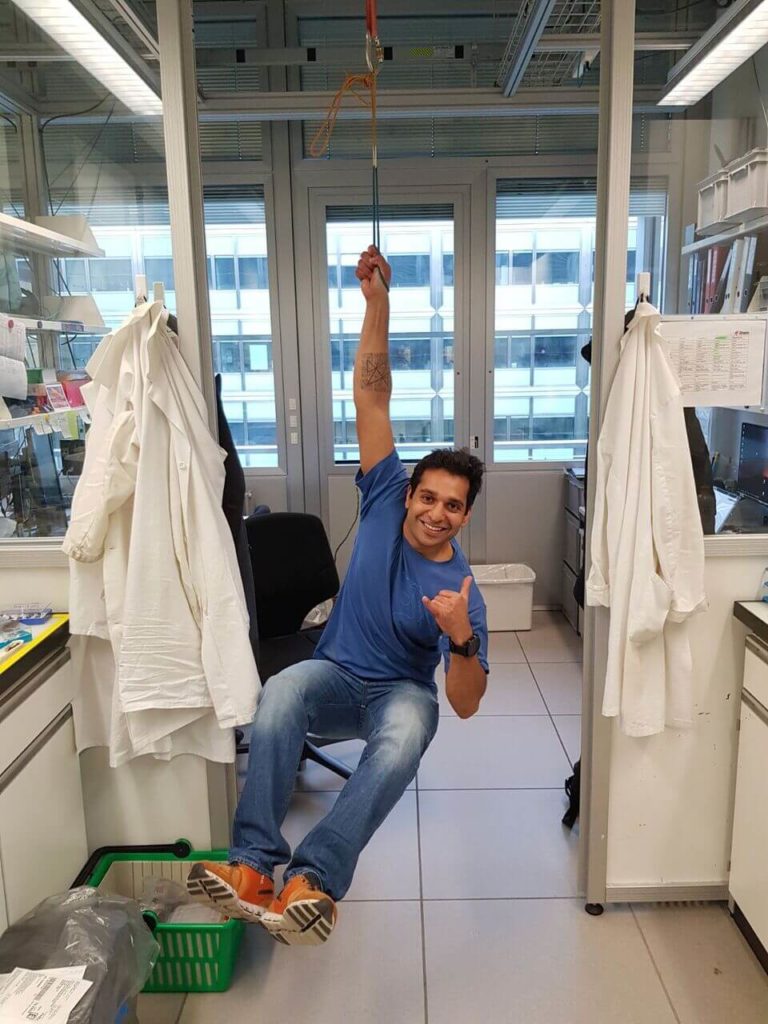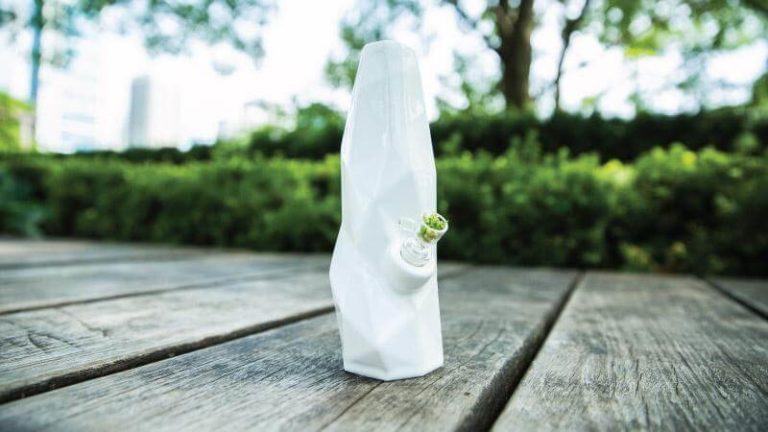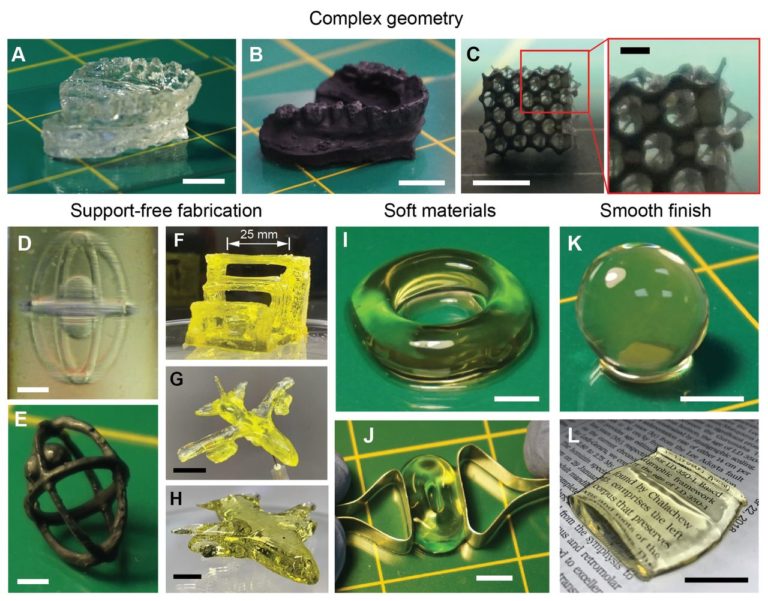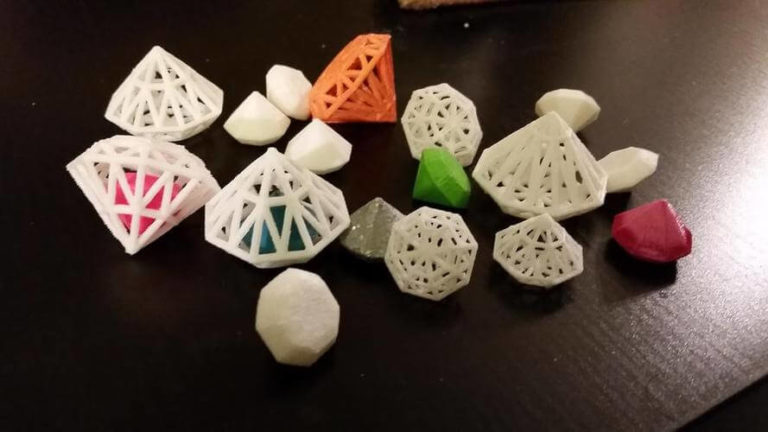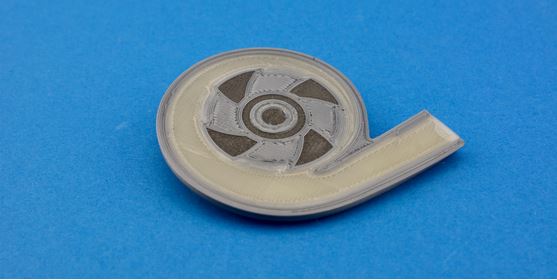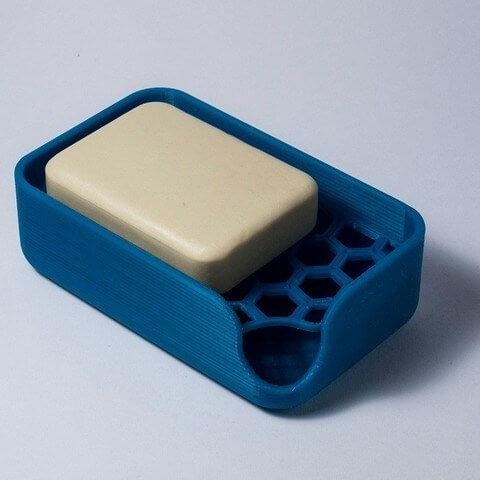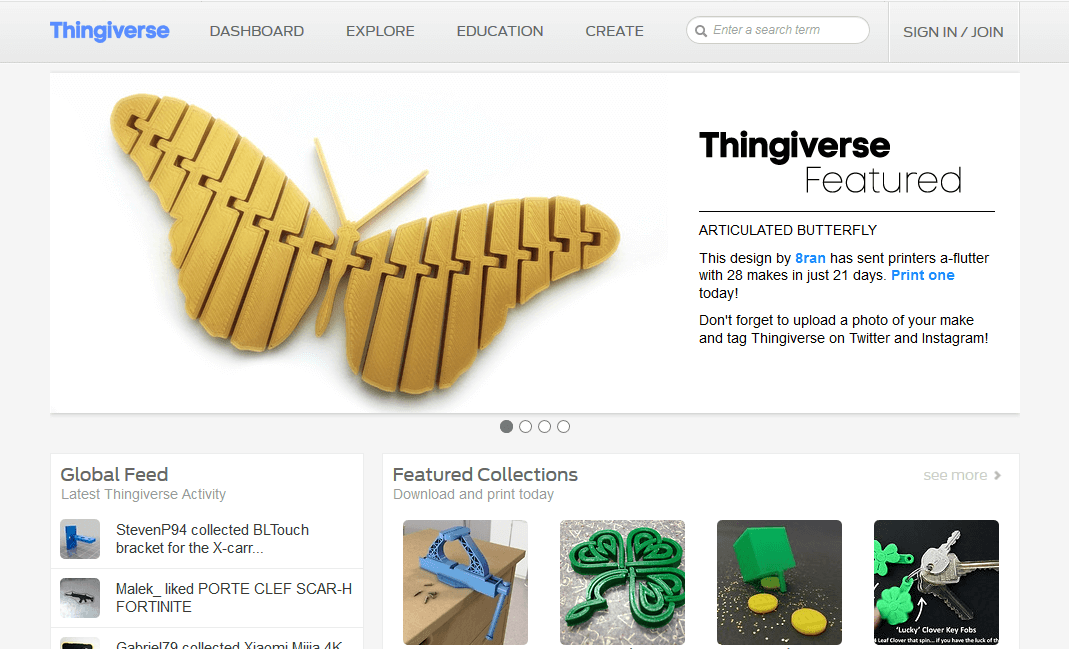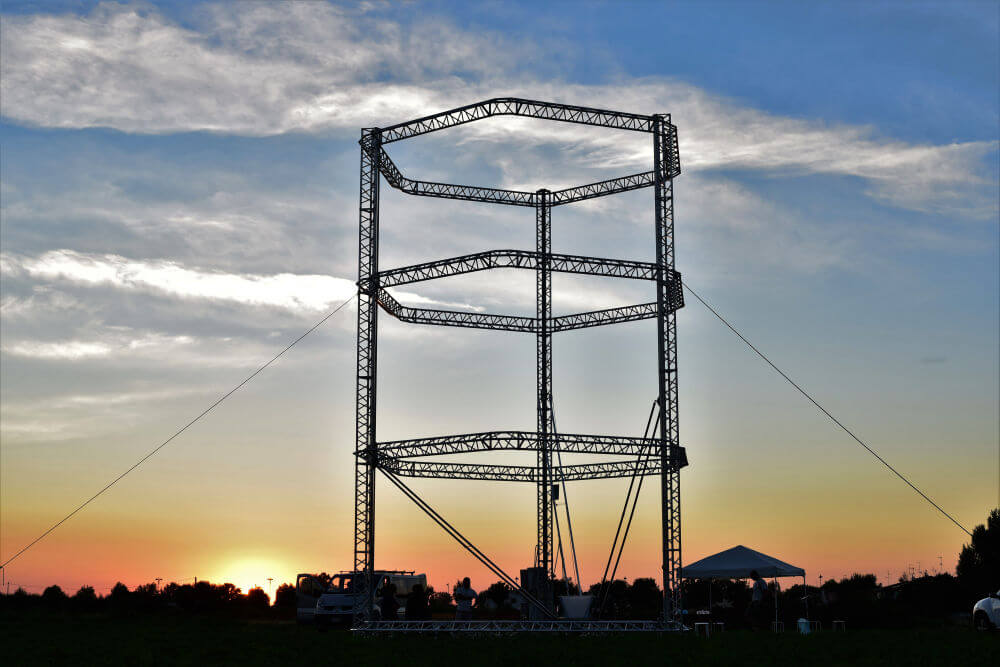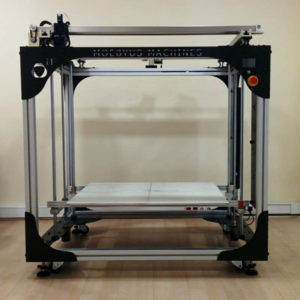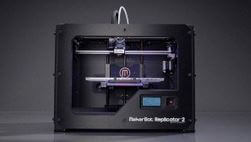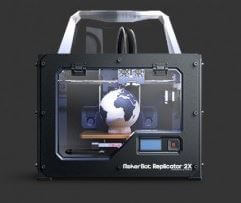The maker community can be happy because researchers at ETH Zurich have managed to produce recyclable objects using a readily available polymer and a commercial 3D printer.

Source: ETH, Nature
For the open source community, it could therefore be easy to produce complex high-performance objects from so-called liquid crystal polymers (LCP). In addition, the new technology allows design freedom and the new filament should have high mechanical properties so that 3D-printed objects can be made marketable.
FDM No Commerce Yet
3D printing, in particular FDM, enables unique complex parts to be produced quickly and cost-effectively, where the structure is built from individual print paths of molten polymer. However, the polymers currently in use are relatively weak and the parts show insufficient adhesion. Due to these limitations, FDM has not yet been successfully used in commercial products.
Traditionally, the performance of polymers has been enhanced by using strong and stiff continuous filaments from glass or carbon was introduced into the material. Although the resulting materials have very high strength and stiffness, the energy-intensive and labor-intensive manufacturing process and the difficulty of recycling composites are a major challenge today. In theory, 3D printing with continuous fibers can produce parts with complicated geometries with good mechanical properties, but in practice this approach requires expensive special equipment and is still limited to simple geometries due to its complexity. In addition, the material produced in this way cannot be recycled.
The New, Promising Material
The scientists in the Complex Materials and Soft Materials groups have now developed a bioinspired approach to printing with a recyclable material that has mechanical properties that, according to ETH researchers, outperform all previously available printable polymers and can also compete with fiber-reinforced composites.
The Recipe: Spider Silk and Wood
The group was inspired by two materials found in nature: spider silk and wood. Spider silk obtains its extraordinary mechanical properties through the high degree of molecular alignment of silk proteins along the fiber direction. This high orientation was reproduced during the extrusion of liquid crystal polymer from an FDM extruder, resulting in very good mechanical properties in the deposition direction. Furthermore, the anisotropic fiber properties were used by adapting the local alignment of the print path to the specific load conditions of the environment. This construction principle is in turn inspired by living materials, such as wood, which arranges its fibres along the lines of tension as it grows, adapting to its surroundings:

Source: ETH
Conclusion and Outlook
The 3D-printed liquid crystal polymer structures are stronger than 3D-printed high-performance polymers and do not require the labor- and energy-intensive steps of today’s composite manufacturing technologies. The design freedom that comes with using a 3D printer can be used to create geometries with complex print line architectures. Together with the fact that these printed structures can be recycled, it should be possible to produce lightweight FDM structures that could be used in industry as structural components.
Source: ETH Zurich, Nature



